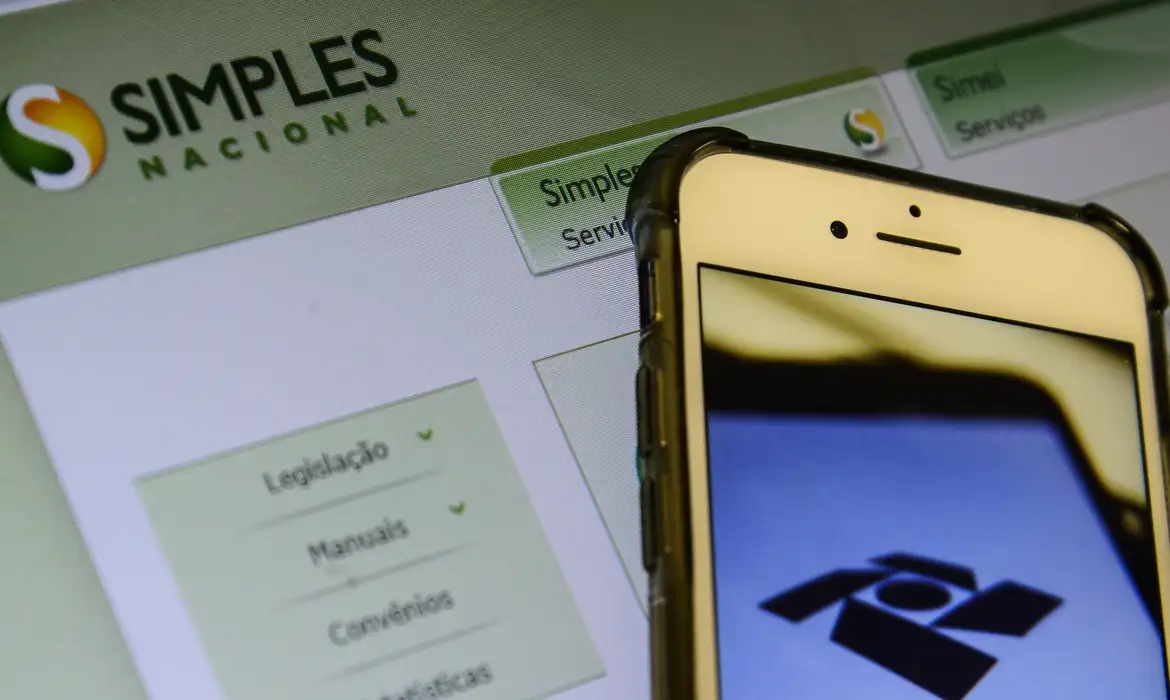Ministry launches e-commerce monitoring platform


In Brazil, where the movement of values through the so-called e-commerce has grown more than five times in seven years, jumping from BRL 35 billion in 2016 to BRL 187 billion in 2022, the Ministry of Development, Industry, Commerce and Serviços decided to create and make available to the public a digital platform to map the sector.
Presented today (11), the new platform – Electronic Commerce Observatory – was developed in partnership with the Federal Revenue Service, whose database on electronic invoices feeds the tool available on the internet. In addition to an overview of electronic sales in the country, the panel also lists the most traded product categories, transaction amounts, federation units of origin and recipients of traded goods and services, and industry trends.
When consulting the tool, it is possible to verify, for example, that between 2016 and 2022 the product that moved the highest amount was the cell phone, with 11.5% of total sales or the equivalent of R$ 72.1 billion in cash , including smartphones.
Next come televisions (4.5%, or BRL 28 billion) and notebooks, tablets and the like (BRL 21 billion in sales). The sale of books, brochures and similar printed material accounted for 2.6% of the total, totaling R$ 16.8 billion (2.6%) – a percentage and value greater than the sale of washing machines.
“Having a platform like this, with access to information, is extremely important for us to analyze the market, opportunities and challenges, providing the actors that make up this ecosystem with indicators that can promote increased sales or even reduce transaction costs” , said the secretary of Industrial Development, Innovation, Commerce and Services at the ministry, Uallace Moreira Lima.
public platform
The director of the department’s Department of Commerce and Services, Adriana Azevedo, highlighted that the panel of the Electronic Commerce Observatory is the first public platform with unrestricted and free access to detail the dynamics of electronic commerce in the country. “The current sources of information on e-commerce are, for the most part, private, paid and done in the form of surveys. In the panel, the data are (measured) on a more census basis”, explained Adriana.
According to the director, the ministerial tool will complement the existing ones. “We believe that, in addition to guiding public policies, the dashboard (panel) will be able to bring relevant management information for private managers to make decisions.”
The head of the Ministry’s Digital Commerce Division, Marcos Lamacchia Carvalho, reinforced the argument that the dissemination of updated information on electronic commerce will subsidize sector entrepreneurs. “A wine producer from Rio Grande do Sul, for example, can check how the product is being sold (on the internet) in Acre, Roraima or Rondônia”, he said. He pointed out that the tool will also make it easier to identify whether the regional inequalities found in traditional trade are repeated when sales are closed over the internet.
According to data presented by Carvalho, despite a “sharp growth”, the North and Northeast regions, together, accounted for only R$ 18.16 billion of the R$ 187 billion that e-commerce moved in Brazil, in 2022. , the amount moved jumped from BRL 360 million to BRL 1.86 billion between 2016 and last year. In the Northeast, transactions went from R$2 billion to R$16.3 billion in the period.
In mid-2022, the United Nations Conference on Trade and Development (Unctad) warned of the need for national governments to support companies to adapt to the context of digital transformation in order to take advantage of digital opportunities. For specialists from the organization that forms part of the United Nations (UN) secretariat, countries that do not have reliable statistics on the use of information and communication technologies (ICT) by companies and on the business environment on the internet “face barriers in implementing the policies needed to support companies in adapting and benefiting from digital tools and technologies”.
Foto de © Marcelo Camargo/Agência Brasil
Economia,e-commerce,Receita Federal,Observatório do Comércio Eletrônico,plataforma,MDICS




